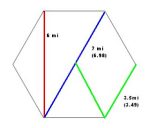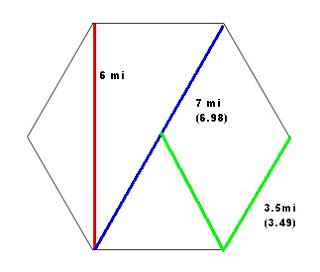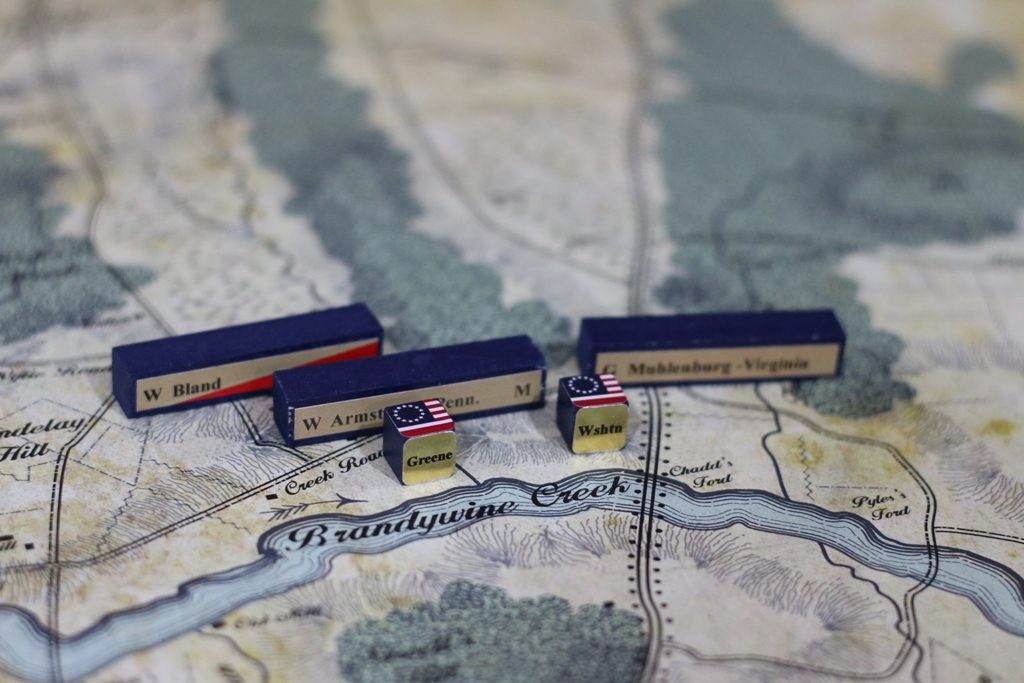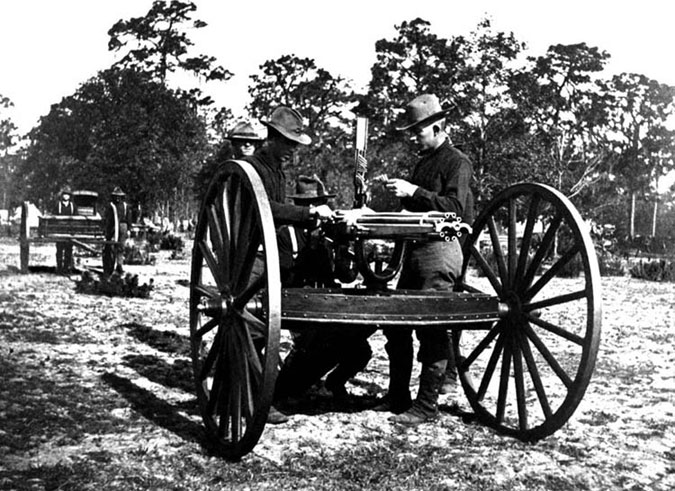
Custer left the Gatling guns behind and for good reason. Bringing them would have greatly slowed the march. In all likelyhood, there wouldn’t have been a battle at Little Bighorn. The Sioux would have escaped.
True but wargaming isn’t just about modeling and duplicating history. One of the most intriguing aspects of our hobby is exploring ‘What ifs?’ It may have not been very feasible but how would Gatling guns have changed the battle? Would it have been enough to save Custer? How and where would they have been best deployed? What impact would they have had? How would the 7th manuvered differently? How would they have changed the their tactics?
Here is a brief report on a recent play test we did with the Gatling guns. It gives you a good idea about how the game works:
I took Custer and Mathey. Mathey set up the G-guns overlooking medicine tail coulee crossing. Custer drove north towards the crossing by Squaw creek.
The Sioux started crossing the Little Bighorn. The G-guns opened up. The first one jammed immediately with no hits. The second one hit 1 Sioux block, sending it retreating and then jammed. :/
The guns would have been immediately overrun and destroyed after that! The only thing that saved them was that Custer rolled to alter the turn. He moved next and turn right around and rode back to cover the guns.
The Sioux attacked. The next turn was a thing of beauty!! The G-guns opened up. They killed about 10 Sioux blocks and sent another 15 running. Custer went back to plan A: strike across the N. crossing to threaten the NCs.
The next turn, the G-guns popped of a few Sioux then jammed again! Custer tried to come running back to save them but missed the roll this time. The Sioux overran and destroyed them. It was fun while it lasted.
After that, things got rather…… messy. Custer’s Bn ended up in very awkward positions trying to cover and protect the guns. The whole commanded ended up scattered and isolated somehow.
Sigh.

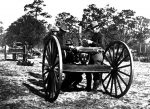
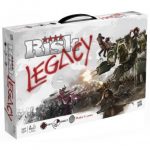


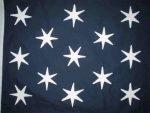


 Can real command issues be a fun game? Are they compatible?
Can real command issues be a fun game? Are they compatible?
